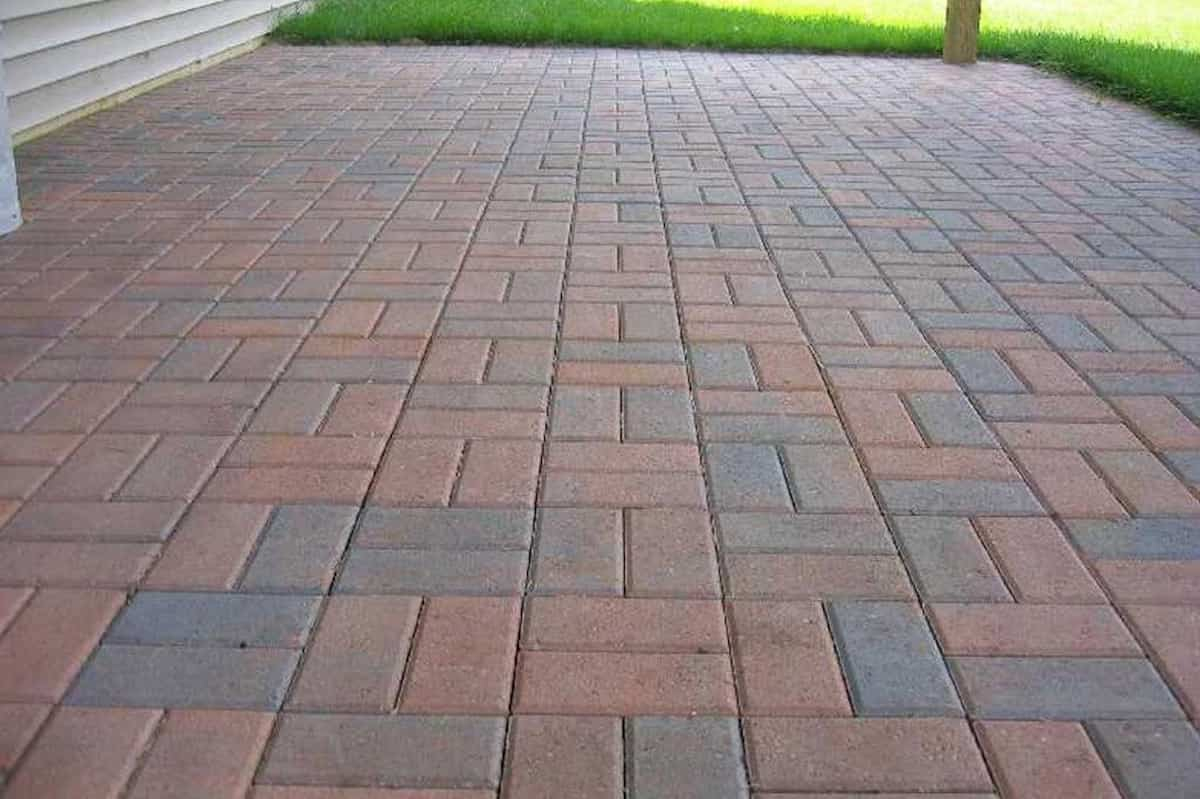Designing the facade of a building with engineering brick in Sri Lanka has received more attention these days.
Brick is considered one of the most popular and widely used materials in Iran due to some of its characteristics, such as reasonable price, easy production, easy execution, high resistance, and compatibility with traditional architecture.
Just as the brick itself has several different types that differ from each other in terms of appearance and ingredients, there is another important factor that distinguishes the design of the facade of the building with today’s brick, and that is the way and the pattern of how Placing these bricks next to each other.
An example of building facade design with bricks

A variety of styles and patterns available in the design of building facades with bricks
Standard or straight brickwork
This style of bricklaying is considered the most common type of bricklaying in buildings and facades, and the method of its implementation is that the bricks are placed next to each other horizontally with a suitable band, and in the next row, the bricks are placed on the half of the bottom row so that the band verticals do not overlap.
Classic or techno brickwork
This style of bricklaying is one of the most basic ways of bricklaying facades of buildings.
It is implemented in such a way that the bricks are placed next to each other in a horizontal form and with appropriate straps, and the bricks and vertical straps are mounted exactly on top of each other in different rows.
Longitudinal crosswise bricklaying (horizontal and vertical)
In this method of bricklaying, as the name suggests, the bricks are placed lengthwise and crosswise, or in other words, horizontally and vertically next to each other, and between them, a strapping is done according to them.
Mixed pattern brickwork on the facade
In the mixed bricklaying style, a number of bricks with different square or rectangular shapes and with variable dimensions are placed next to each other, and a tie is made between them.
This method can also be found in old bricklaying, which, of course, has taken on a new form and style today.
Exterior design brickwork
In the exterior style, the bricks are placed in front and back in such a way that they become prominent and the brickwork takes on a multi-dimensional shape.
Zigzag brickwork
In this method, as the name suggests, the bricks are placed on top of each other in a zigzag pattern.
Shuttered brickwork on the facade
This style of brickwork is created by shutter bricks and that is why they gave it this name.
A large number of brick manufacturing companies produce bricks called shutters in such a way that the ratio of their width to their length is insignificant.
The style of arranging these bricks is done in two ways:
Side by side with or without straps.
Also at a distance from each other, that is, front to back.



